Introduction
Hemp cultivation has been gaining popularity in recent years as a sustainable alternative to traditional crops. Hemp is a versatile plant that can be used for a variety of products, from textiles to food to biofuels. With growing concerns about environmental sustainability and the need for greener alternatives, hemp cultivation has the potential to play a significant role in meeting the demand for sustainable products.
Benefits of Hemp Cultivation
There are several benefits to hemp cultivation that make it an attractive option for farmers and consumers alike:
- Sustainability: Hemp is a fast-growing crop that requires minimal water and no pesticides or herbicides to thrive, making it an environmentally friendly option.
- Versatility: Hemp can be used to make a wide range of products, including clothing, paper, bioplastics, and building materials.
- Nutritional Value: Hemp seeds are rich in protein, fiber, and essential fatty acids, making them a nutritious addition to a balanced diet.
- Carbon-Sequestration: Hemp plants absorb CO2 from the atmosphere as they grow, helping to reduce greenhouse gas emissions.
Challenges in Hemp Cultivation
While hemp cultivation offers many benefits, there are also challenges that farmers may face when growing this crop:
- Regulatory Hurdles: Hemp cultivation is still subject to strict regulations in many countries, making it difficult for farmers to grow and sell hemp products legally.
- Lack of Infrastructure: The infrastructure for processing hemp crops is still limited in some regions, making it challenging for farmers to bring their products to market.
- Market Competition: Hemp faces competition from other crops and synthetic materials, which can make it difficult for farmers to find buyers for their products.
Meeting the Demand
Despite these challenges, there is a growing demand for hemp products in a variety of industries, from textiles to food to pharmaceuticals. To meet this demand, farmers and policymakers must work together to overcome regulatory hurdles, invest in infrastructure for processing hemp crops, and educate consumers about the benefits of using hemp products. By taking these steps, we can create a more sustainable and environmentally friendly future for our planet.
Conclusion
Hemp cultivation has the potential to play a significant role in meeting the demand for sustainable products and reducing our reliance on traditional crops and synthetic materials. By overcoming regulatory hurdles, investing in infrastructure, and educating consumers, we can harness the full potential of hemp as a green alternative. Together, we can create a more sustainable future for the planet and future generations to come.
FAQs
Q: Is hemp cultivation legal in all countries?
A: Hemp cultivation is legal in many countries, but regulations vary from region to region. It is important to research the laws and regulations in your area before growing hemp.
Q: What products can be made from hemp?
A: Hemp can be used to make a wide range of products, including clothing, paper, bioplastics, and building materials.
Q: Is hemp environmentally friendly?
A: Yes, hemp is a sustainable crop that requires minimal water and no pesticides or herbicides to thrive, making it an environmentally friendly option.

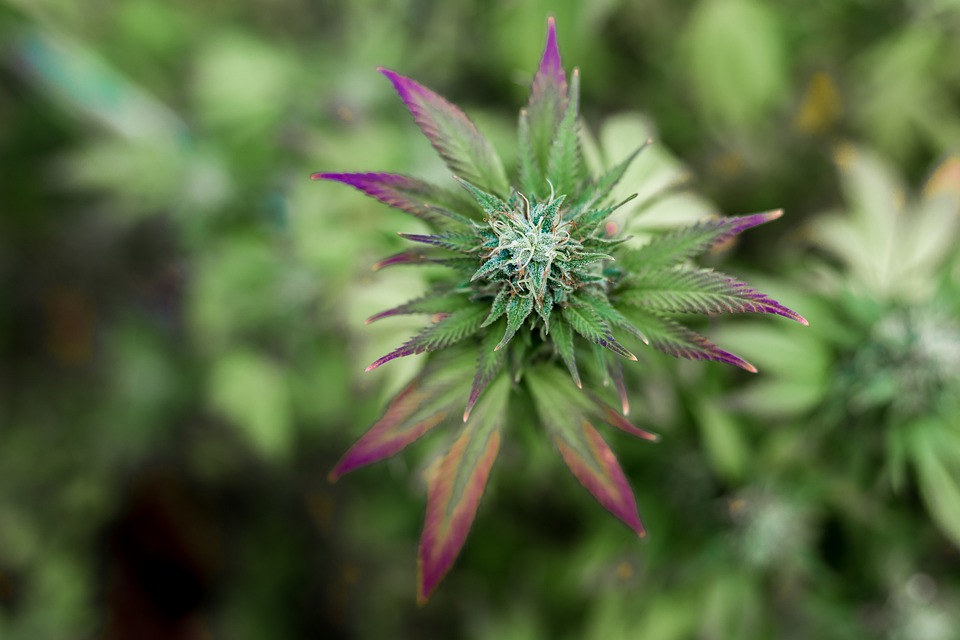
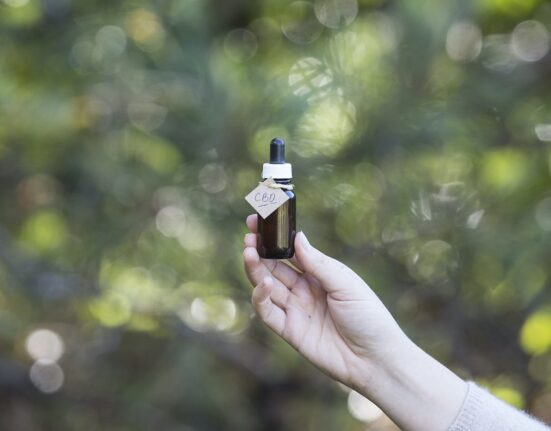
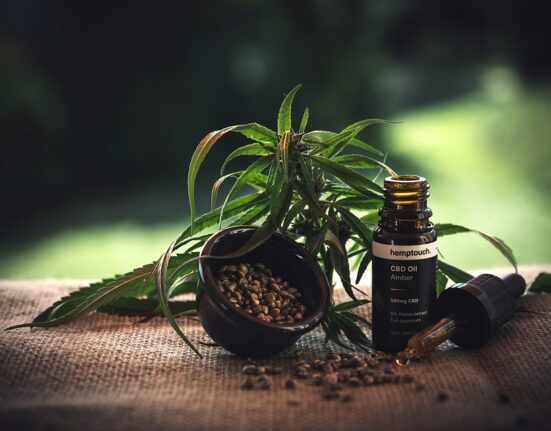
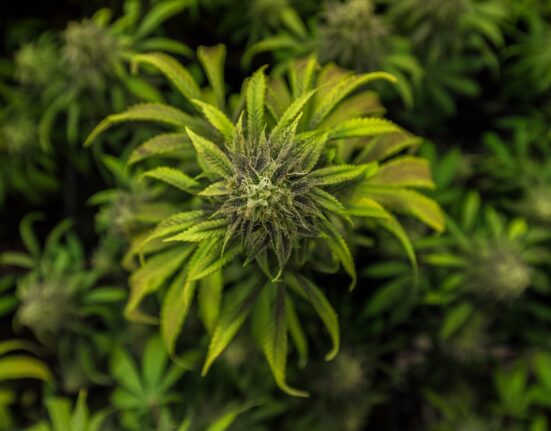
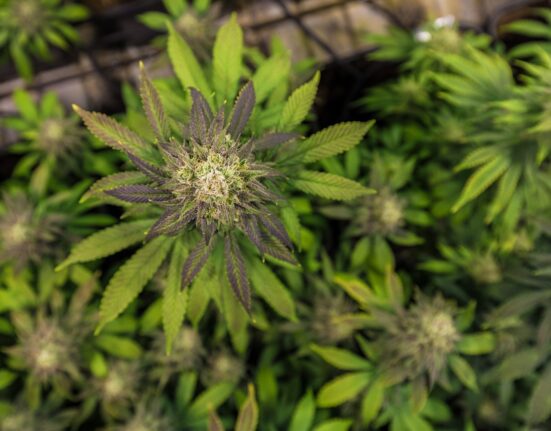
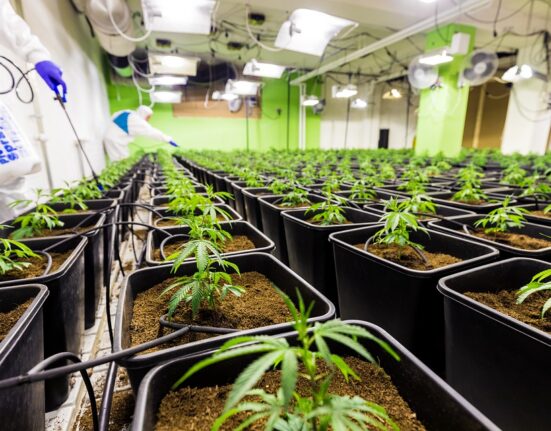
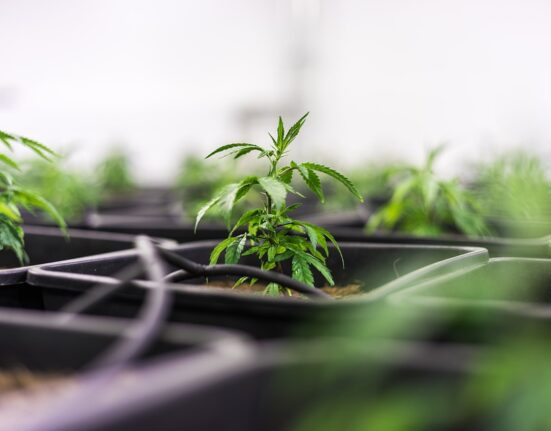
Leave feedback about this